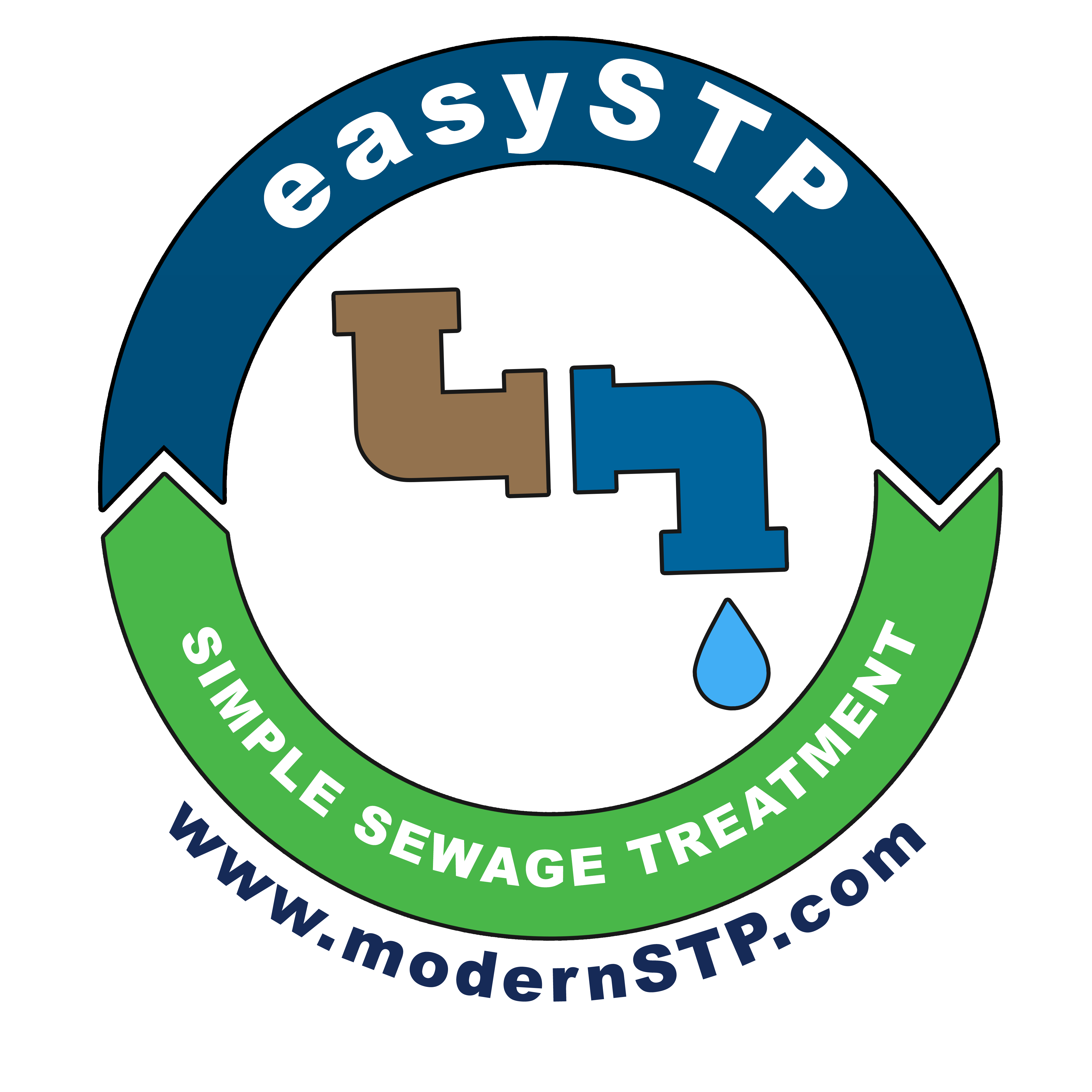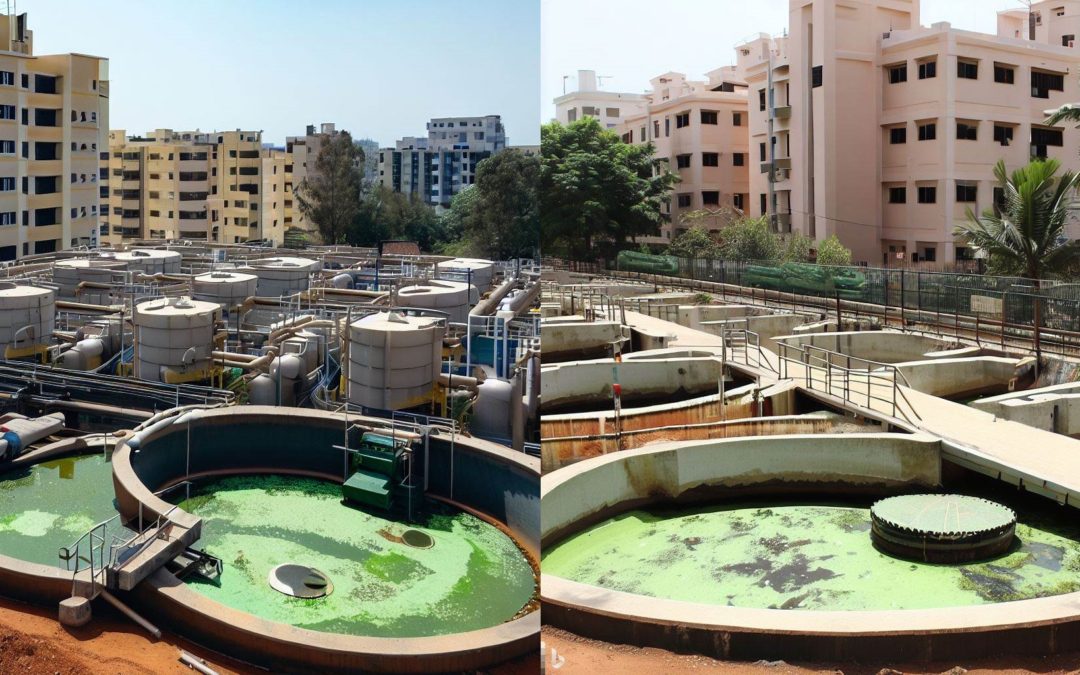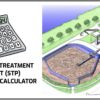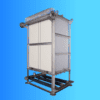STP for Apartments in Bangalore
Introduction
Living in an apartment complex in Bangalore, or any urban area for that matter, comes with various challenges, one of which is the efficient management of sewage. The growing population and rapid urbanization have put tremendous pressure on the existing infrastructure, including the sewage systems. To tackle this issue, many apartments in Bangalore are now considering the installation of Sewage Treatment Plants (STPs) within their premises. In this article, we will explore the importance of STPs in apartments, the benefits they offer, the factors to consider before installing one, the types of STPs suitable for apartments, the design and installation process, maintenance and operation, cost considerations, government regulations, and compliance. We will also provide case studies of successful STP implementations in Bangalore.
Table of Contents
Understanding Sewage Treatment Plants (STPs)
Before delving into the specifics of STPs for apartments, it is crucial to understand what they are and how they function. Sewage Treatment Plants are facilities designed to treat wastewater, also known as sewage, before it is discharged into the environment. The primary goal of an STP is to remove contaminants and pollutants from the wastewater, making it safe for disposal or reuse.
Importance of STP for Apartments in Bangalore
Apartments are densely populated residential complexes that generate a significant amount of wastewater on a daily basis. Without proper treatment, this wastewater can pose serious health and environmental risks. STPs play a vital role in ensuring the effective treatment of sewage from apartments, protecting both public health and the environment.
Benefits of Having an STP in an Apartment
Having an STP within an apartment complex offers numerous benefits. Firstly, it allows for the onsite treatment of wastewater, eliminating the need for transporting sewage to distant treatment facilities. This results in cost savings and reduces the strain on the city’s sewage infrastructure. Additionally, treated water from STPs can be reused for non-potable purposes like irrigation and toilet flushing, conserving precious freshwater resources. Moreover, apartments with an STP are perceived as environmentally conscious and attract environmentally-aware residents.
Factors to Consider Before Installing an STP
Before installing an STP in an apartment complex, several factors need to be considered. Firstly, the available space must be evaluated to determine the size and type of STP suitable for the apartment’s requirements. The expected volume of sewage generated, the number of residents, and future expansion plans should also be taken into account. Moreover, obtaining necessary permits and complying with local regulations is essential to ensure a smooth installation process.
Types of STPs Suitable for Apartments
There are various types of STPs available for apartments, each with its own advantages and limitations. Common types include activated sludge systems, sequencing batch reactors, and membrane bioreactors. The choice of STP depends on factors such as space availability, treatment requirements, budget constraints, and specific site conditions.
Design and Installation Process of STPs
The design and installation process of an STP requires careful planning and coordination with experienced professionals. It involves conducting a site survey, preparing detailed engineering designs, procuring the necessary equipment, and coordinating with contractors for construction. The installation process typically includes excavation, laying of pipelines, construction of treatment units, and electrical connections.
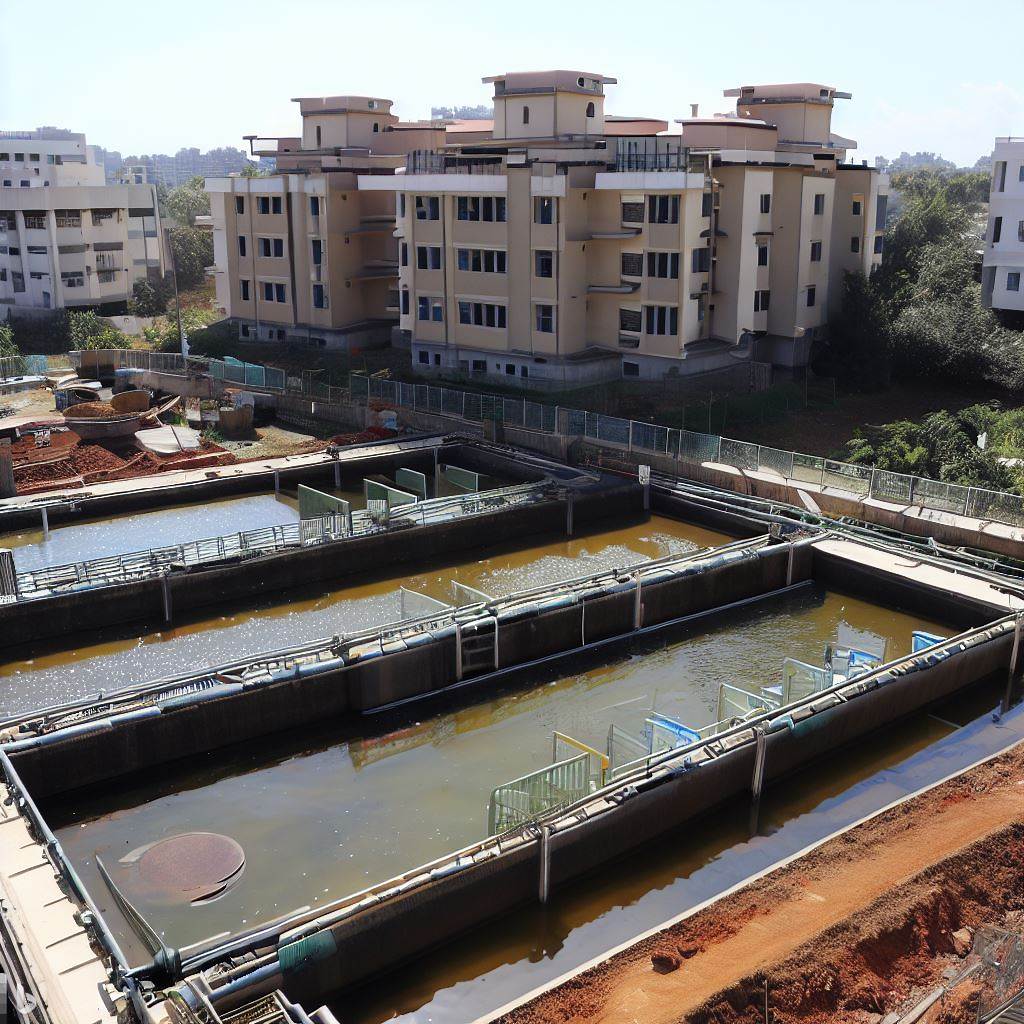
Maintenance and Operation of STPs
Once an STP is installed, regular maintenance and operation are crucial to ensure its optimal performance. This includes periodic inspections, cleaning of tanks and filters, monitoring of effluent quality, and maintaining a logbook of operation parameters. Adequate training should be provided to the maintenance staff, and a maintenance schedule should be followed to prevent any disruptions or failures.
Cost Considerations for STPs in Apartments
The cost of installing an STP in an apartment complex depends on various factors, including the size of the STP, the treatment capacity, the chosen technology, and the site-specific requirements. It is essential to evaluate the long-term cost-benefit analysis, considering factors such as savings in water bills, reduced maintenance costs, and potential penalties for non-compliance with sewage disposal regulations.
Government Regulations and Compliance
Government regulations play a crucial role in the installation and operation of STPs in apartments. It is necessary to adhere to the guidelines set by local regulatory bodies to ensure compliance. These regulations may include effluent quality standards, discharge permits, and periodic inspections. Engaging with a qualified consultant or engineering firm can help navigate the regulatory landscape and ensure compliance.
Case Studies: Successful STP Implementations in Bangalore
Several apartment complexes in Bangalore have successfully implemented STPs, setting examples for others to follow. For instance, ABC Apartments installed a compact membrane bioreactor-based STP, reducing their water consumption and achieving a high-quality effluent suitable for reuse. XYZ Residency implemented an activated sludge system, effectively treating sewage while minimizing odor issues. These case studies highlight the successful integration of STPs in apartments, inspiring others to adopt sustainable wastewater management practices.
Frequently Asked Questions (FAQs)
1. Can an STP be retrofitted in an existing apartment complex? Yes, an STP can be retrofitted in an existing apartment complex, but it requires careful planning, engineering expertise, and modifications to the existing infrastructure.
2. What is the lifespan of an STP in an apartment? The lifespan of an STP depends on various factors such as the quality of construction, maintenance practices, and adherence to operation guidelines. With proper care, an STP can have a lifespan of 15 to 20 years or more.
3. How much space is required to install an STP in an apartment complex? The space required for an STP depends on the treatment capacity and the chosen technology. It is recommended to conduct a site survey and consult with experts to determine the exact space requirements.
4. Can the treated water from an STP be used for drinking purposes? While STPs can effectively treat sewage, the treated water is generally not suitable for drinking purposes. It is primarily used for non-potable purposes like irrigation, toilet flushing, and industrial processes.
5. What happens if an apartment complex does not have an STP? If an apartment complex does not have an STP, the sewage generated by the residents is typically transported to the city’s central sewage treatment facilities. However, this can be a costly and logistically challenging process, especially in densely populated areas.
Conclusion
The installation of Sewage Treatment Plants (STPs) in apartments is becoming increasingly important in Bangalore’s urban landscape. STPs offer numerous benefits, including efficient wastewater treatment, cost savings, and environmental sustainability. However, careful planning, adherence to regulations, and regular maintenance are crucial for successful STP implementation and operation.
We offer Sewage treatment and Sewage Recycling Plants for individual homes, apartments, commercial complexes and other establishments like hospitals, hotels, educational institutions. We employ proven technologies like MBR, MBBR, SBR, Electro Coagulation, Ultra Filtration, Reverse Osmosis etc. We have maintenance free Sewage Treatment Plants. Pre-fabricated Sewage Treatment Plants, Ready to install Packaged Sewage Treatment Plants etc.
By embracing STPs, apartment complexes in Bangalore can contribute to a cleaner environment and a more sustainable future.
